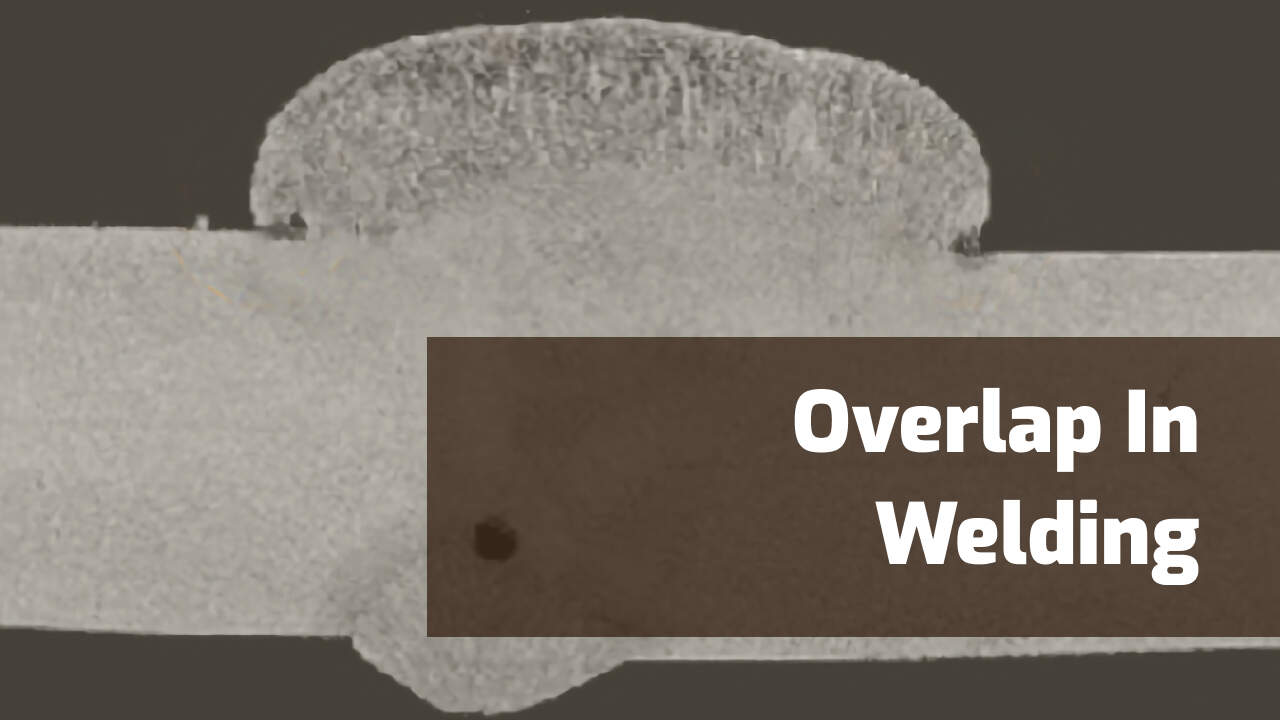Preventing Weld Undercut: Proven Techniques Every Welder Should Know
Preventing Weld Undercut: Proven Techniques Every Welder Should Know
Blog Article
A Comprehensive Overview to Identifying, Preventing, and Fixing Undercut Welding Problems in Your Welding Jobs
In the realm of welding, coming across undercut problems is a typical difficulty that can jeopardize the architectural stability and overall high quality of your welding tasks. Remain tuned as we check out the essential components of recognizing, preventing, and taking care of undercut welding issues, providing you with useful insights and approaches to elevate your welding skills to the next degree.
Usual Reasons of Undercut Welding
Undercut welding, a typical issue in welding procedures, can be created by different aspects that require to be thoroughly identified and addressed to guarantee the integrity of the weld joint. One of the key root causes of undercut welding is too much warm input. When the welding parameters, such as voltage, present, or take a trip rate, are not correctly set, an excessive quantity of warm can be created. This excess warmth causes the melting and succeeding elimination of the base product along the sides of the weld joint, creating a groove known as undercut.
Another usual reason for undercut welding is inappropriate welding technique. Inadequate control of the welding lantern or weapon, inaccurate angle or range in between the torch and the workpiece, or inconsistent travel rate can all contribute to the development of undercut. In addition, making use of the wrong welding consumables or electrode dimension for a particular joint configuration can result in undercut problems. Recognizing these source and implementing restorative steps is crucial in preventing and remedying undercut welding issues in welding projects.
Identifying Undercut in Welds

To recognize undercut properly, appropriate lighting and magnification tools are vital to examine the weld joint thoroughly. Making use of devices such as a welding gauge or a magnifying glass can aid in finding even the tiniest undercut imperfections. In addition, running a finger or a fingernail along the weld joint can often reveal undercut, as the surface might feel irregular or have a dip where the undercut exists.
Safety Nets for Undercut
Having a deep understanding of the causes of undercut in welds allows for the implementation of reliable precautionary steps to keep weld high quality and integrity. These settings should be address maximized to avoid excessive warm input, which can lead to undercut development.

Techniques for Repairing Undercut

Boosting the welding current or minimizing the traveling speed can aid fill up in the undercut. In addition, changing the welding method from a push to a drag or vice versa can also aid minimize undercut.
One more method is to use a weaving activity while welding to guarantee proper sidewall combination and fill in the undercut. By oscillating the welding arc back and forth within the weld joint, the welder can deposit much more filler material right into the undercut areas, effectively removing the problem.
Moreover, grinding out the undercut and rewelding the joint can be a sensible remedy for more severe undercut issues - Preventing weld undercut. This process includes removing the undercut section, preparing the base metal, and afterwards rewelding the joint with appropriate welding parameters and techniques to stop undercut from repeating

Specialist Tips for Preventing Undercut
Making use of appropriate welding methods and keeping control over key welding specifications are important strategies for welders intending to stop undercut in their weld joints. Additionally, choosing the proper welding process and filler steel for the details application can aid prevent undercut. Preserving a regular travel rate during the welding process is an additional crucial pointer to prevent undercut.
Final Thought
Finally, identifying, avoiding, and taking care of undercut welding issues in your welding jobs is crucial for making sure solid and sturdy welds. Preventing weld undercut. By understanding the common root causes of undercut, being able to identify it in welds, implementing safety nets, and utilizing correct strategies for taking care of undercut, you can stay clear of possible problems and develop top quality welds. Following expert tips for staying clear of undercut can help you improve your welding skills and generate far better outcomes in your jobs
Undercut welding, a typical problem in welding processes, can be caused see this site by numerous aspects that require to be meticulously recognized and dealt with to guarantee the integrity of the weld joint. Additionally, running a finger or a fingernail along the weld joint can occasionally disclose undercut, as the surface might really feel uneven or have a dip where the undercut exists.
Making use of appropriate welding strategies and keeping control over key welding criteria are critical methods for welders aiming to prevent undercut in their weld joints.In conclusion, determining, avoiding, and fixing undercut welding troubles in your welding tasks is critical for ensuring sturdy and strong welds. By understanding the typical causes of undercut, being able to determine it in welds, implementing preventive actions, and using correct methods for dealing with undercut, you can prevent potential problems and create premium welds.
Report this page